|
Reproduced from Radio Times, 2 November 1934 / BBC Genome
The Melodramatic Elephant in the Haunted Castle was made in collaboration with John Whelan and People's Company. It told the dramatic story of the Coronet as theatre, cinema and night-club. The project had a curious genesis. It started in 2012, when I tried to remember a film I had seen as a 14 year old, a horror film screened at theABC Edgware Road. The film with its visceral supernatural murders, inspired by Dario Argento's influential shocker, Suspiria, made a deep impression on me at the time. However, over time, I completely forgot what the film was called; while still being able to vaguely recall certain scenes. Decades later, I tracked down the film at Westminster Archives, looking through back copies of newspaper listings. The recovery of that memory as a film called Terror (1978, released in 1981), emboldened me to artistically connect with the lost cinematic spaces and experiences of my youth. My Terror ABC had long been demolished. But I discovered the Coronet in the Elephant and Castle was once an ABC cinema and was being threatened with closure. This was a perfect opportunity to explore my love affair with cinema. The Melodramatic Elephant art project was initially framed around the actor-manager Tod Slaughter, noted as one of the greatest (and greatly under-appreciated) stars of melodrama. He provided a more obvious link to my interests; the intersections where theatre and film, horror and melodrama, meet and diverge. However, I deviated from this focal point when I unearthed the poignant story and medical records of Victorian actress, Marie Henderson. Her life and death, were so poetically linked to the Coronet and her ghostly presence in the building was a perfect medium for threading time across the 19th, 20th and 21st centuries. She was also a completely unknown story, while Tod Slaughter was already a minor footnote in film history. I handed over these schematics to John and the People's Company and they created a spectacular last-ever theatrical event for the Coronet. This blog will provide some context to the original ideas for the project and a sample of art work that was generated. In the process, we doff our cap, to the achievements of Tod Slaughter's 50-year career across theatre and film, radio and television. He seemed to be born with melodrama in the blood and was still performing it with relish and abandon, when he died of coronary thrombosis in 1956. Tod had an-end-of-career swan song, impressing the critics and a new generation unfamiliar with the creaky trappings of stage melodrama. A short performance on BBC TV, prompted over 3000 letters asking where Tod's plays could be seen. They recognised the sincerity of his quaint performance in an era that was shifting gears from the Method to the Kitchen Sink. I want to also track-back to Tod's theatrical heyday. We can pin this down to the year, 1927; the last of his three-year tenure as actor-manager of the Elephant and Castle Theatre. He mounted what should have been a routine production of Maria Marten, scheduled to last for one week. Maria Marten or the Murder in the Red Barn was well known to Victorian theatrical audiences and was based on a sensational real-life murder, trial and execution that occurred in Polstead, Suffolk, in 1827-28. Tod's production became one of the hits of the season and was seen by over 100,00o people across 115 nights. The West End audience flocked south of the Thames to witness this old-time drama being presented in a fresh way. I particularly like the reviews that describe the audience: a mixture of the local Southwark working-class, eating oranges and drinking stout, boisterous in their interaction with the performers; while seated cheek-by-jowl, with the mannered ladies and gents, using viewing glasses to scrutinise the on and off-stage shenanigans. You can imagine a humorous culture clash. This was a moment of significance: melodrama being resurrected in a theatre that was on the brink of conversion to a cinema. All this research was percolating in my mind, unlocking a range of cinematic ideas and storyboarding.
The West London Observer, 1943
Newspaper image © Successor copyright holder unknown. With thanks to The British Newspaper Archive www.britishnewspaperarchive.co.uk Set model box for Sweeney Todd, 1993 V&A Museum
Sketch 1 from a storyboard, The Elephant in the Haunted Castle
Tod watching Hitchcock's The Lodger (1927) while being stalked by a serial killer 22 x 30 inches, Oil pastels, 2013
Sketch 2 from a storyboard, The Elephant in the Haunted Castle
Tod as William Corder in Maria Marten being directed by serial killers 22 x 30 inches, oil patel, 2013
Sketch 3 from a storyboard, The Elephant in the Haunted Castle
Tod, seated, watching the burning of the Elephant and Castle Theatre 16.5 x 23 inches, oil pastel, 2015
Narrative storyboard for The Elephant in the Haunted Castle, 2015
Tod became a minor British film star of the 1930s and early 40s, often appearing in adaptions of his stage plays. These "quota quickies" were made on shoe-string budgets. Modern audiences would grudgingly call them camp but cheerful. Film scholars have analysed certain films in terms of their social dimension, the themes of capital and labour. In terms of performance, Tod is ripe and fruity in his portrayal of villainy. One moment, the patriarchal squire, lusting after a country wench. The next, with his yeast in the bun in the oven, he chuckles before "polishing" the wench off to an unmarked grave. This is all set within a narrative that has basic motivation and plotting; however, this brings me reassuringly, full-circle, to the Terror I witnessed at the ABC that exhibited similar tropes. I'm not sure how accurate the press releases were in describing Tod as Europe's first horror star. The Face At The Window (1939) is a rare example of melo with "horror" motifs. I don't think the conventions of horror meant anything to Tod. He was not the director of any of his films, whereas he was fully in control of all the theatrical productions. You get a better sense of the quality of these when you listen to a radio broadcast or a vinyl pressing. The films are also more truncated and diluted for the Board of Censorship: at the end of the film version of Maria Marten, the hanging of William Corder is off-camera; a more explicit sequence had been shot but did not find its way into the final print. Also of interest is Tod's theatrical productions of Spring-Heeled Jack. In the play, Tod plays the villain lurking in the trees of Epping Forest. He then swoops down to plunge a hypothermic syringe into the leading lady and chuckles over "Two and half pints of lovely blood." I'm not sure what Jack was planning to do with the blood. Is this a plot where our beloved NHS is transfused by the private sector of blood merchants? We have comic accounts of Tod wearing a harness under his costume, attached to wires and being yanked up into the fly loft by the stage crew; springing in and out of scenic trees and occasionally just left dangling in mid-air when something went wrong. Melodrama, horror, comedy - all rolled into one! Let's leave the final image and word with Tod as Sweeney Todd. In total, he played this role over two thousand times. At the end of most productions, there would be a speech and then an invite onto the stage for anyone who was tired of life. Does anyone want to try the murderous barber's chair for comfort? Tod was ever the practical joker. Not many took up the challenge. However, one day, as recounted by Tod, a man came forward, saying he had a row with his wife and was sick of life. So he sat in the chair and was about to be thrown under the trapdoor and onto the mattress beneath the stage, when his wife shouted out from the auditorium. No, don't do it! The quarrel was settled and their relationship patched up (we would like to think!). This is almost a comic form of melodramatic therapy. It also neatly illustrates how the audience had a very direct emotional connection to the world of Tod. "It is grand to be playing at the Hackney Empire again (in 1954) before I pass into the limbo of forgotten things." Tod is in the limbo of things. He is not forgotten.
0 Comments
Leave a Reply. |
Categories
All
Archives
May 2024
|
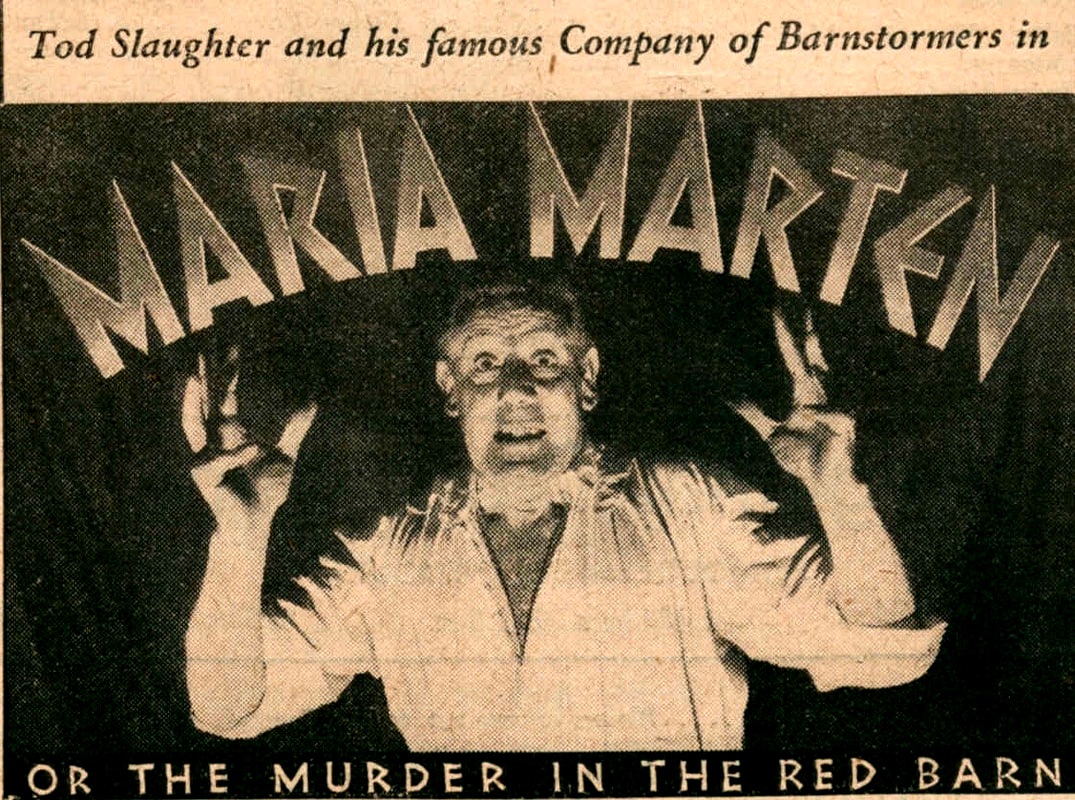
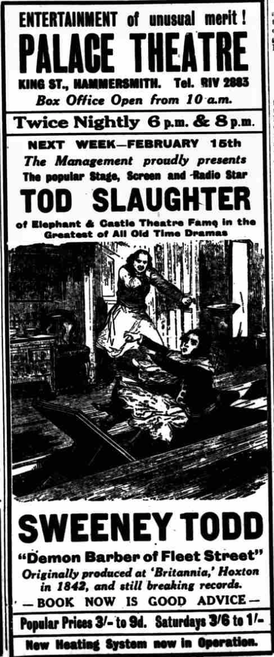
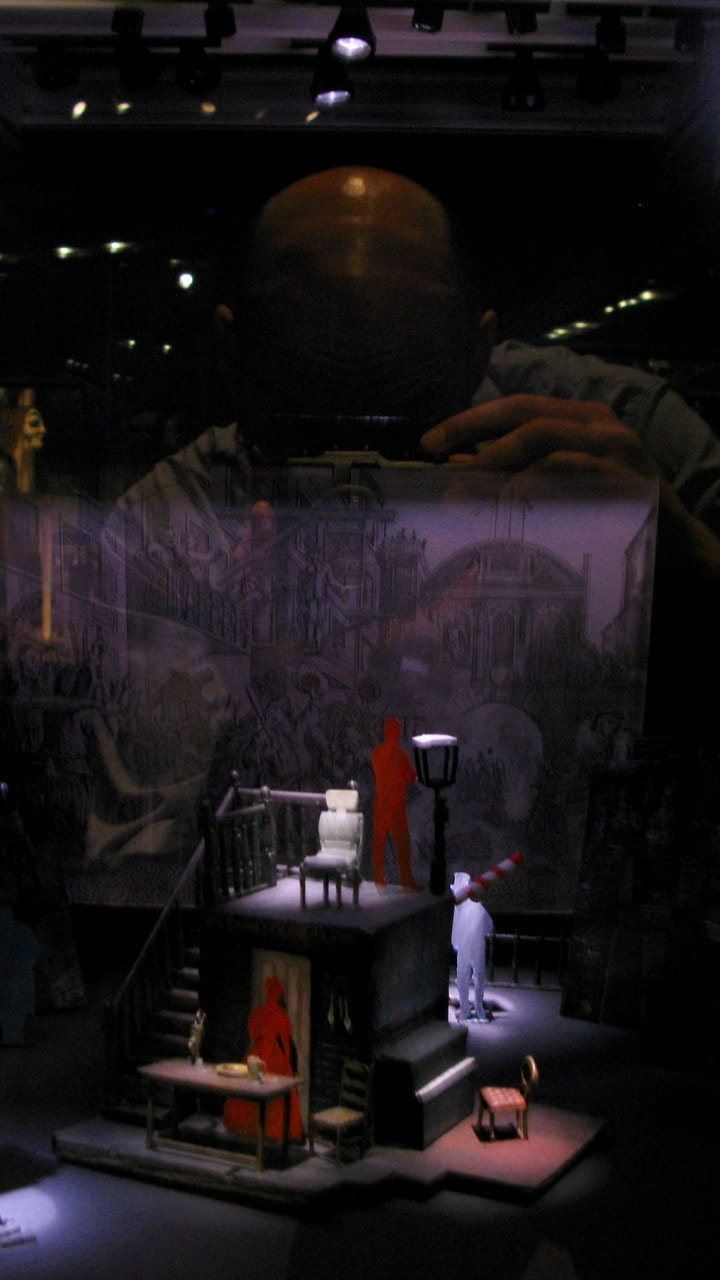
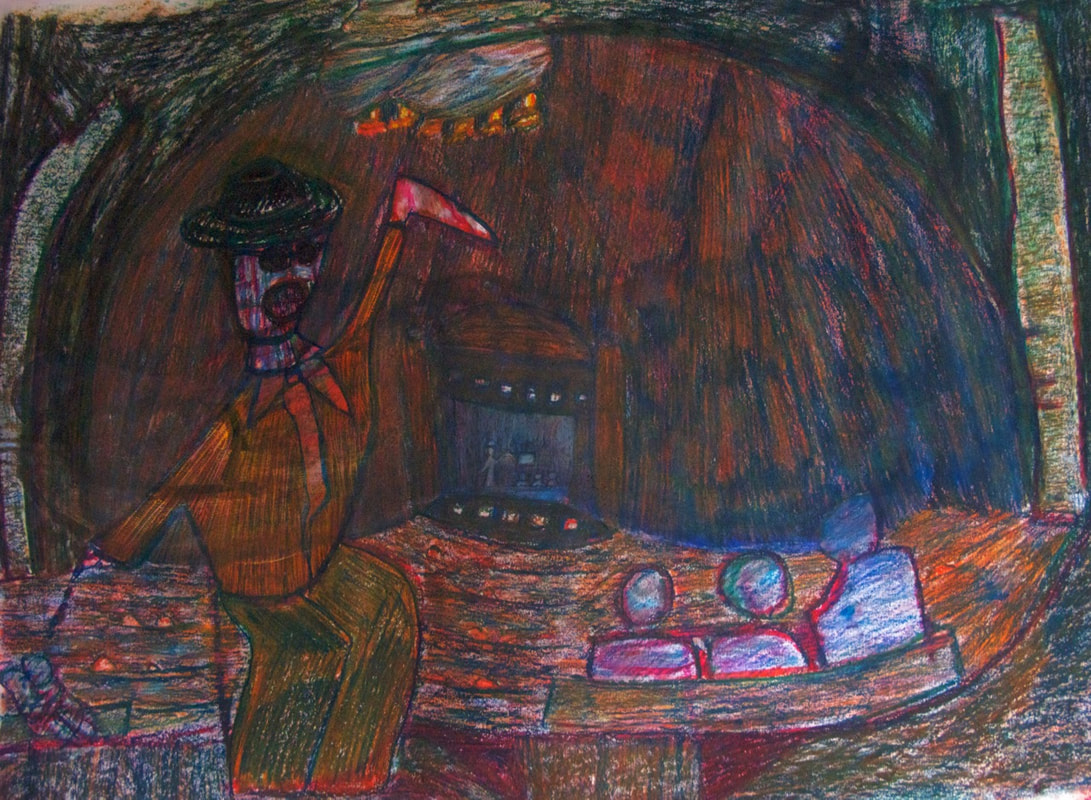
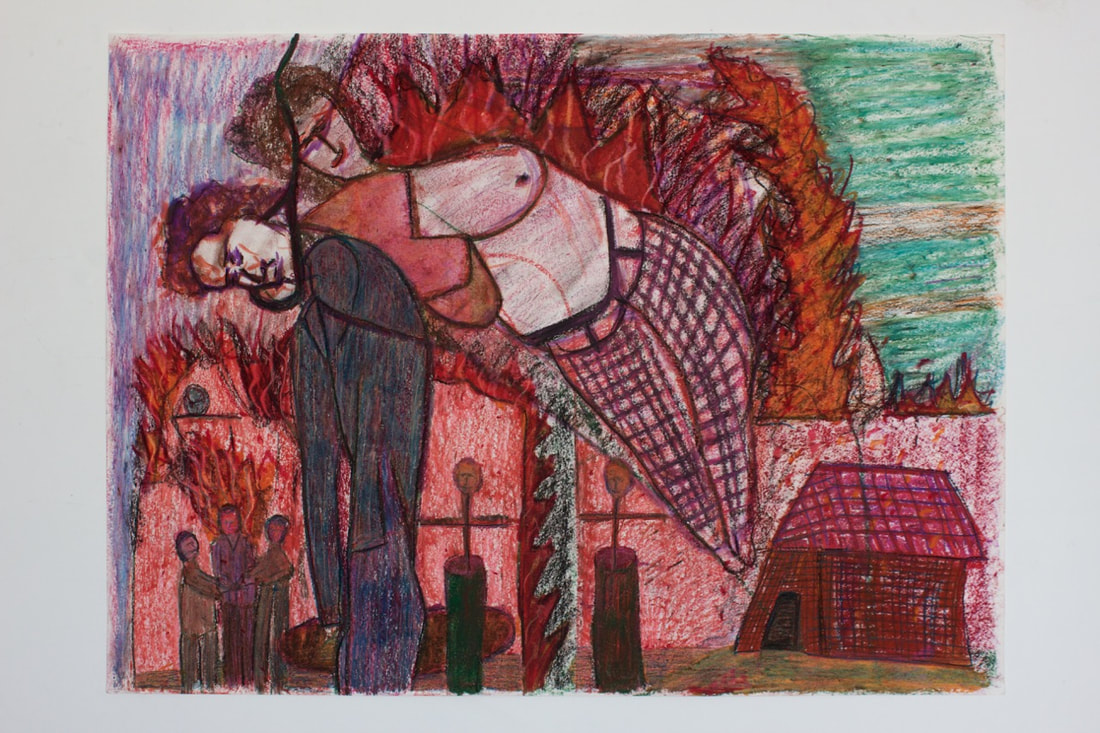
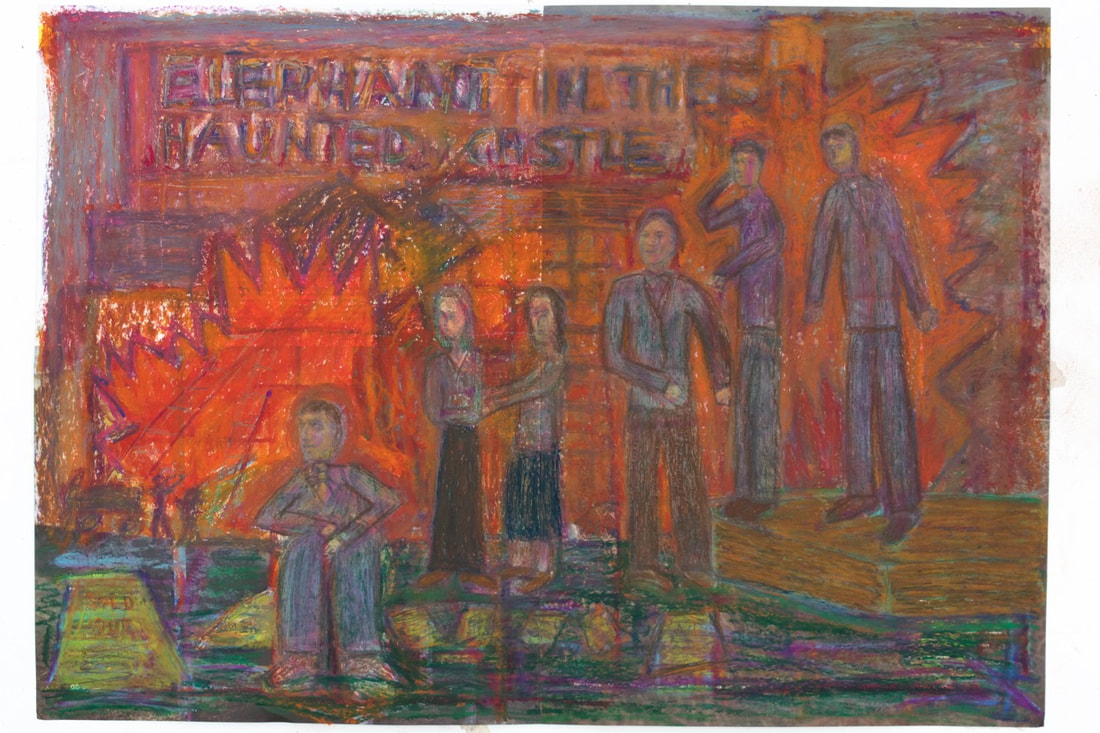
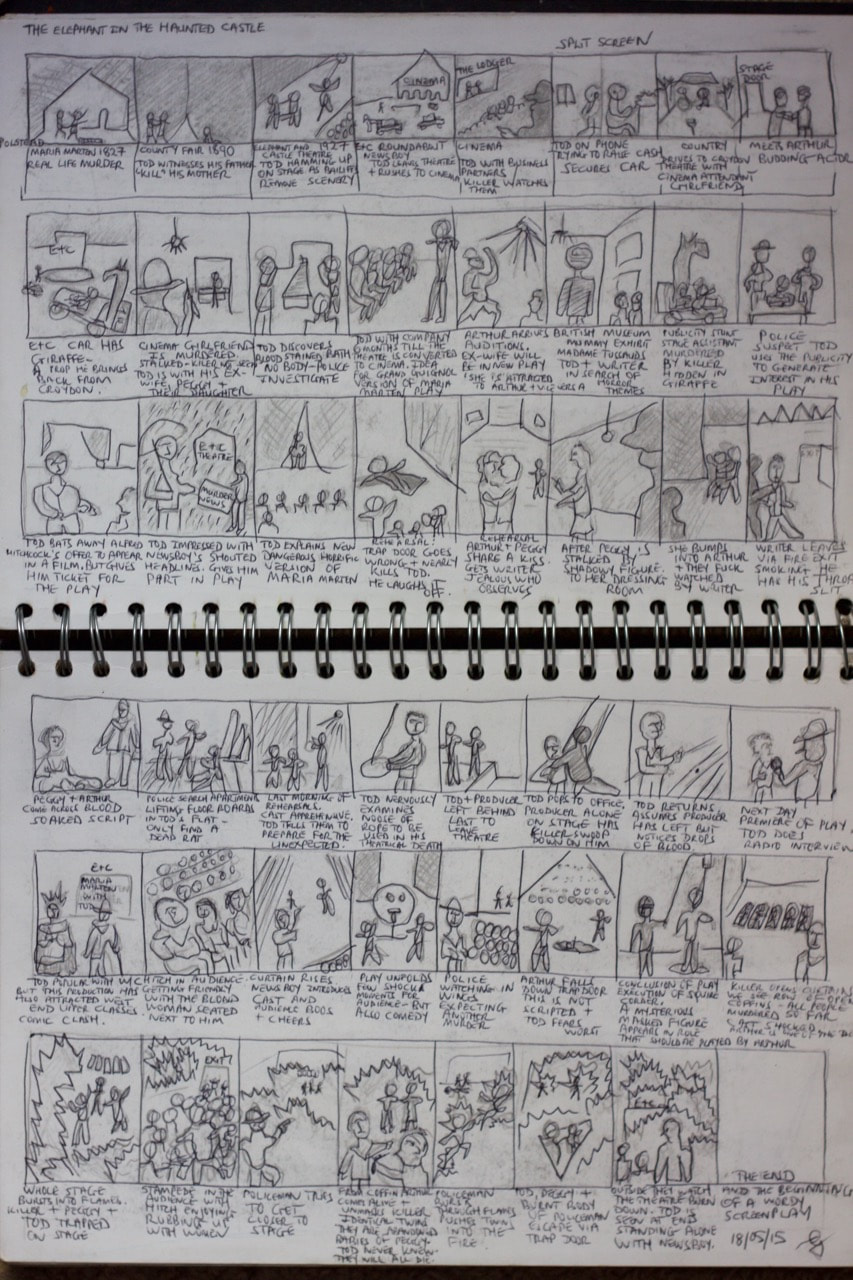
 RSS Feed
RSS Feed
